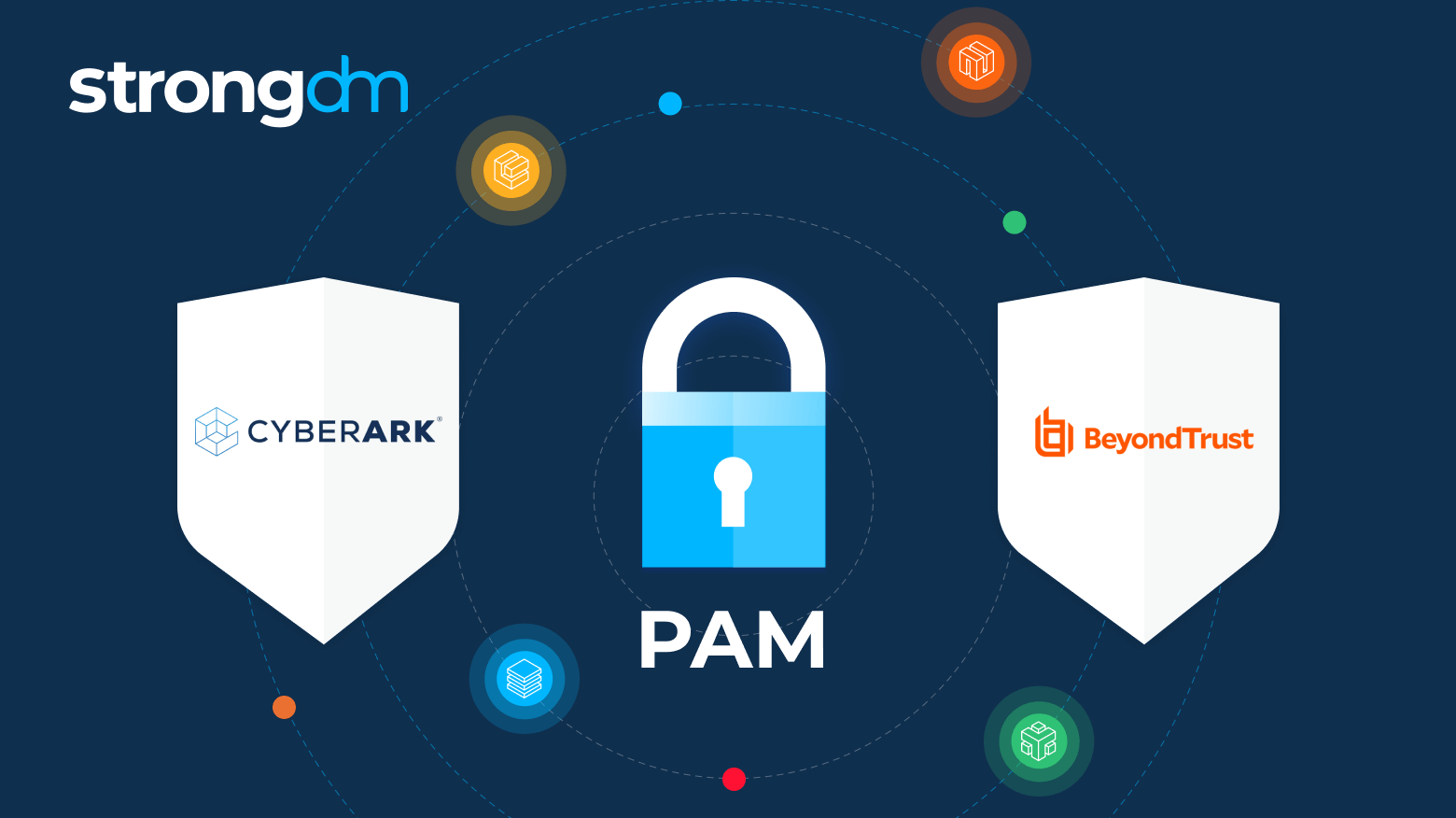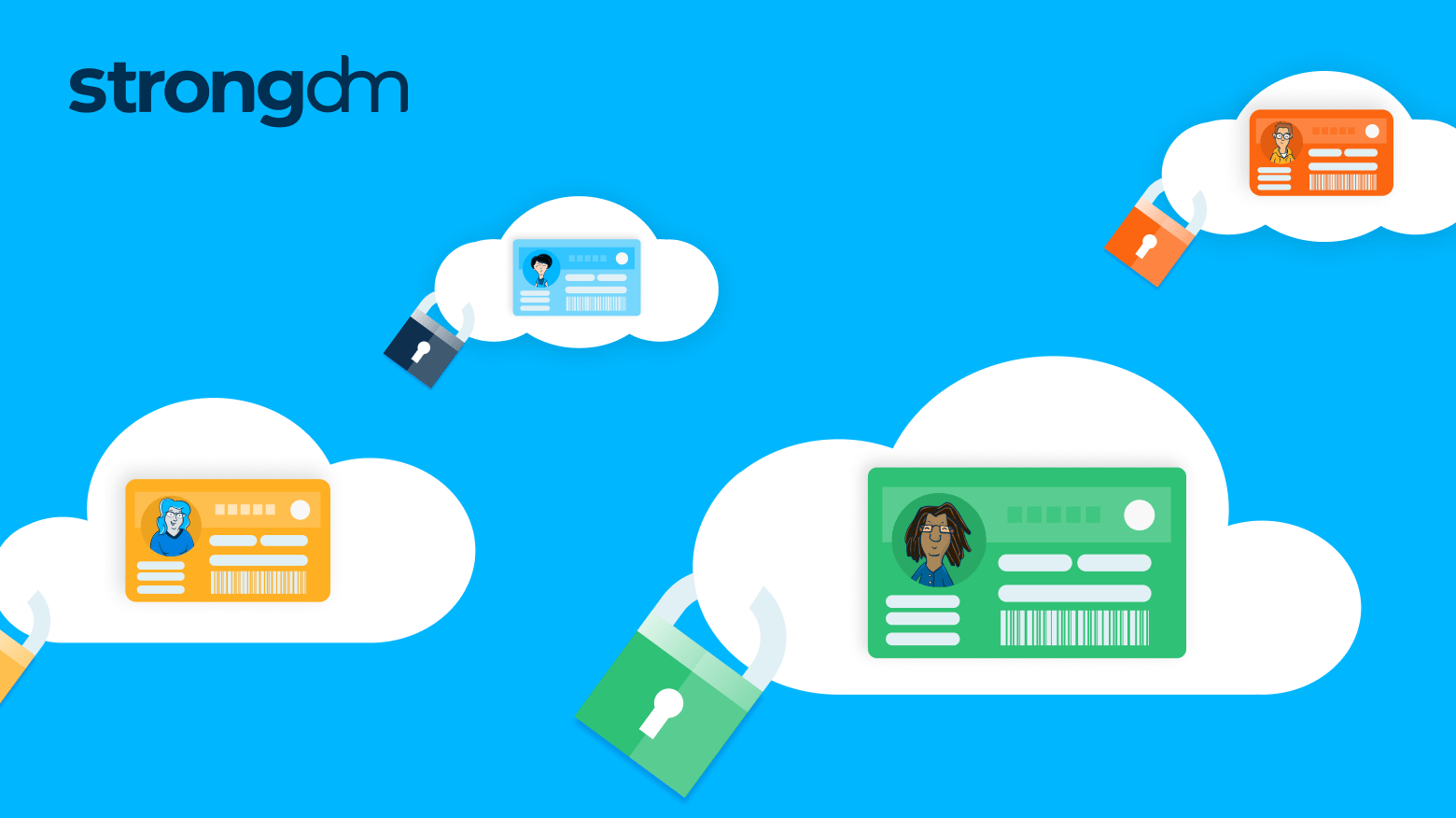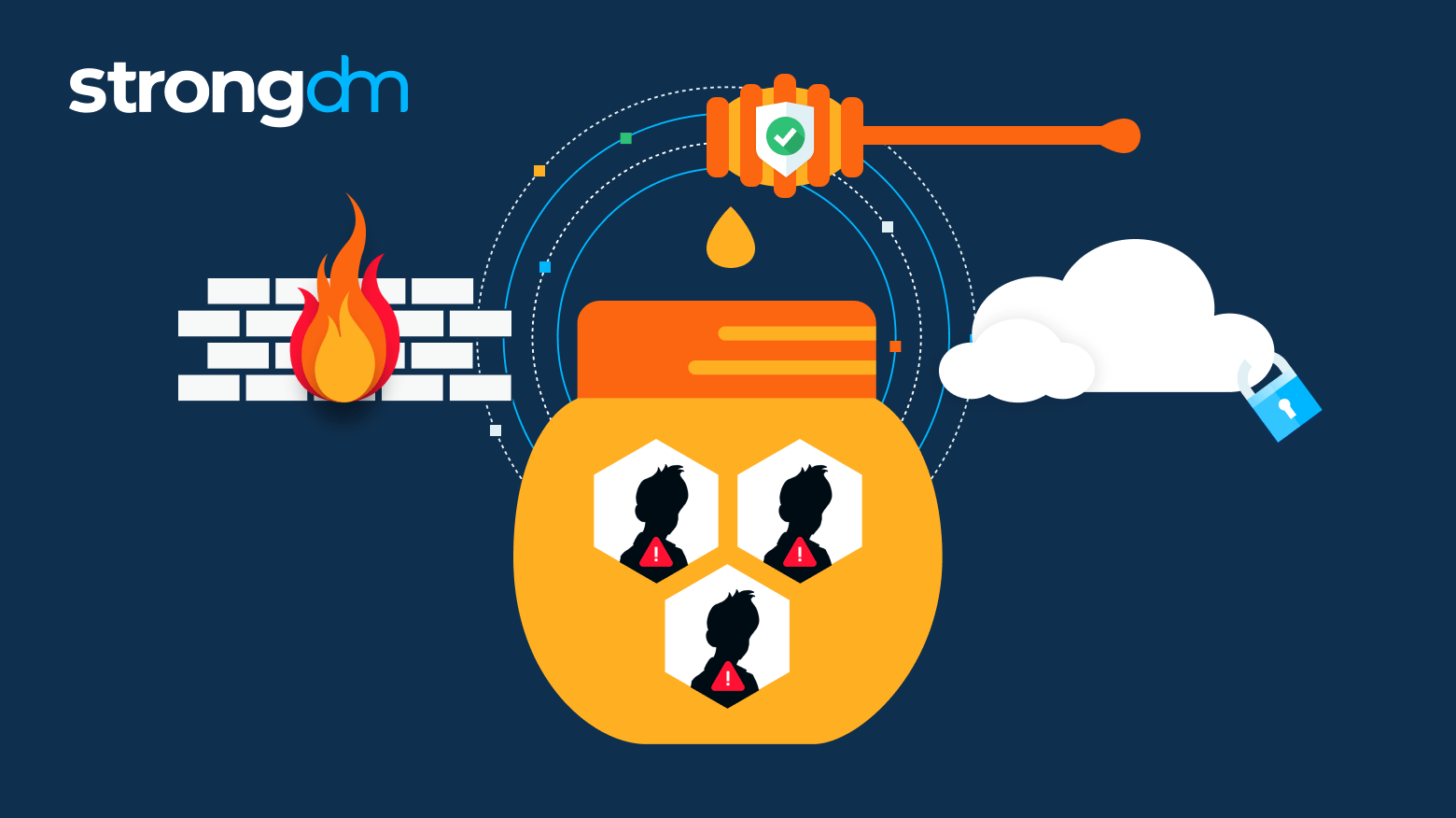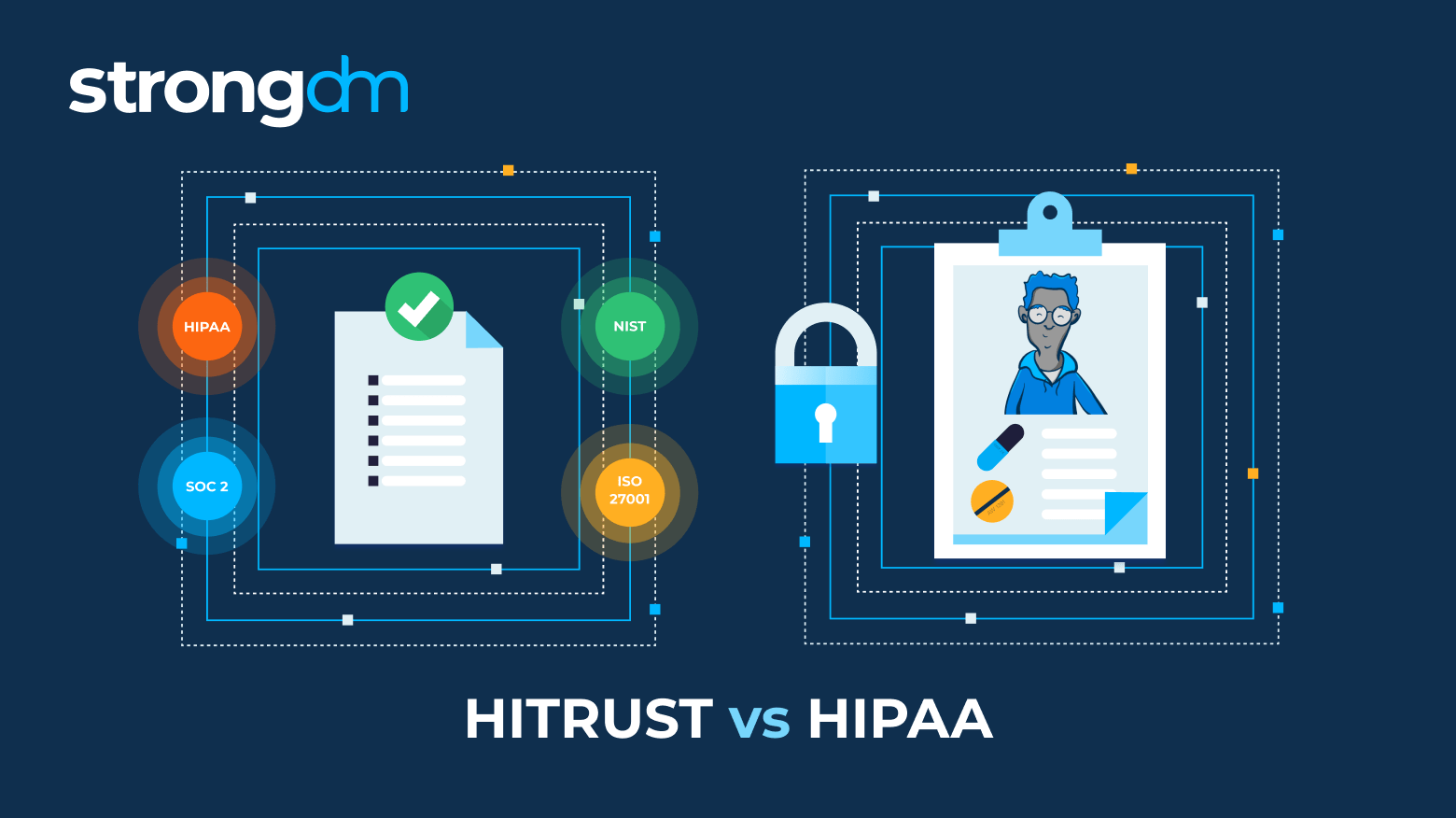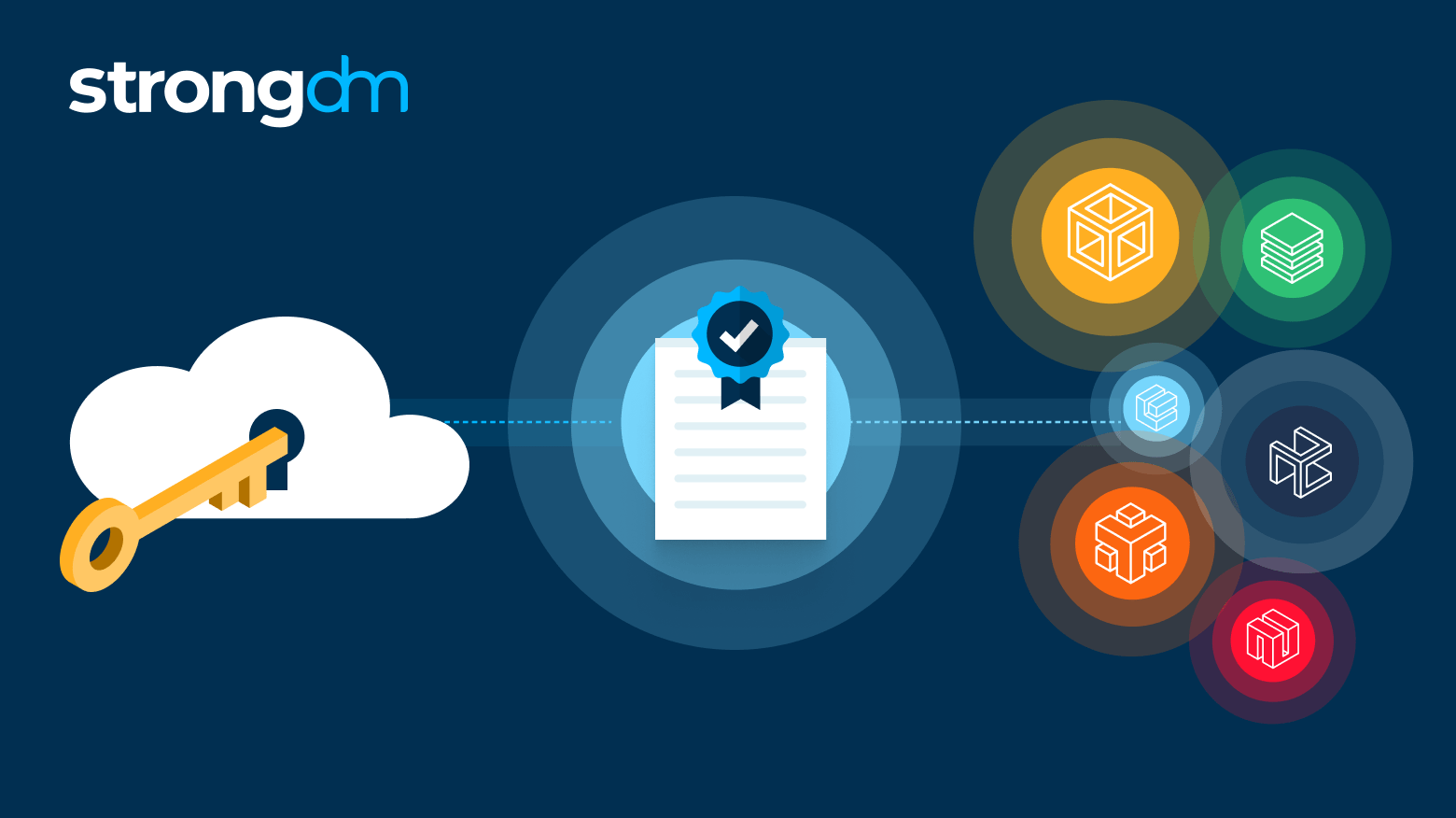In this article, we’ll explore what data exfiltration is, the difference between exfiltration of data and data leakage, and how to detect data exfiltration. You’ll learn the dangers of data exfiltration in cybersecurity, data exfiltration examples, and the types of exfiltrated data that malicious actors target most. By the end of this article, you’ll know what causes data exfiltration, common data exfiltration tactics, and how to prevent data exfiltration in your organization.
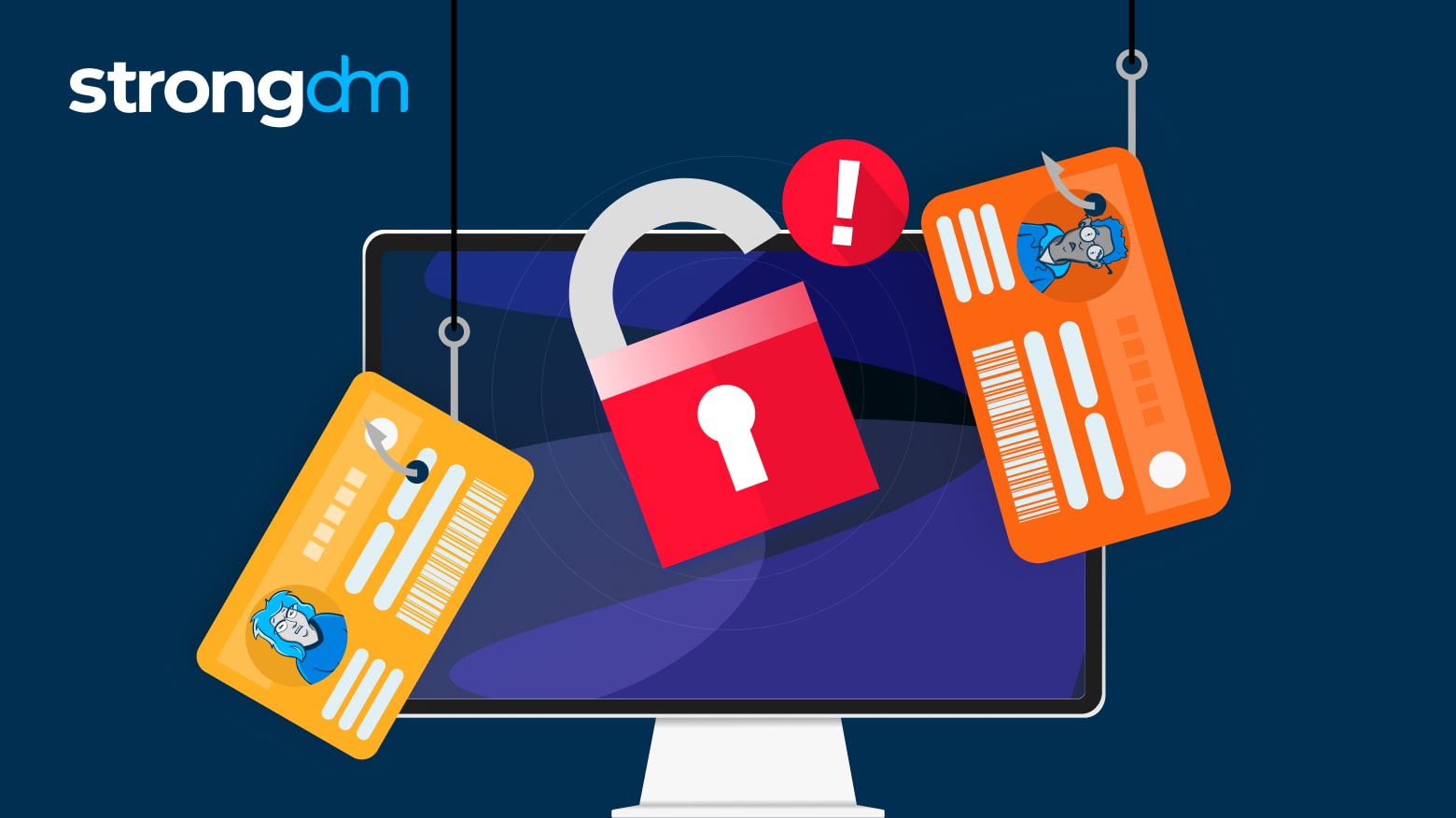
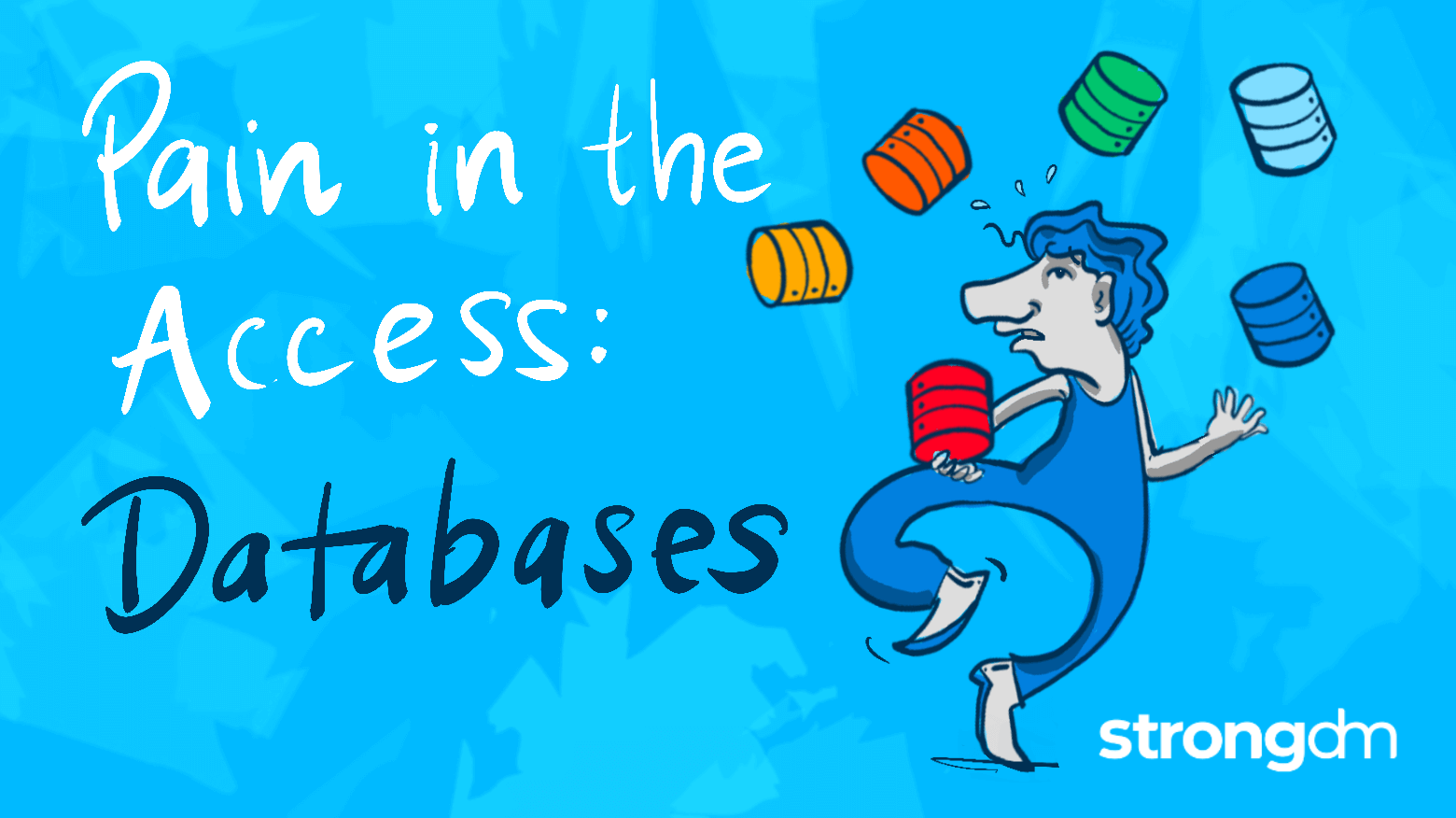
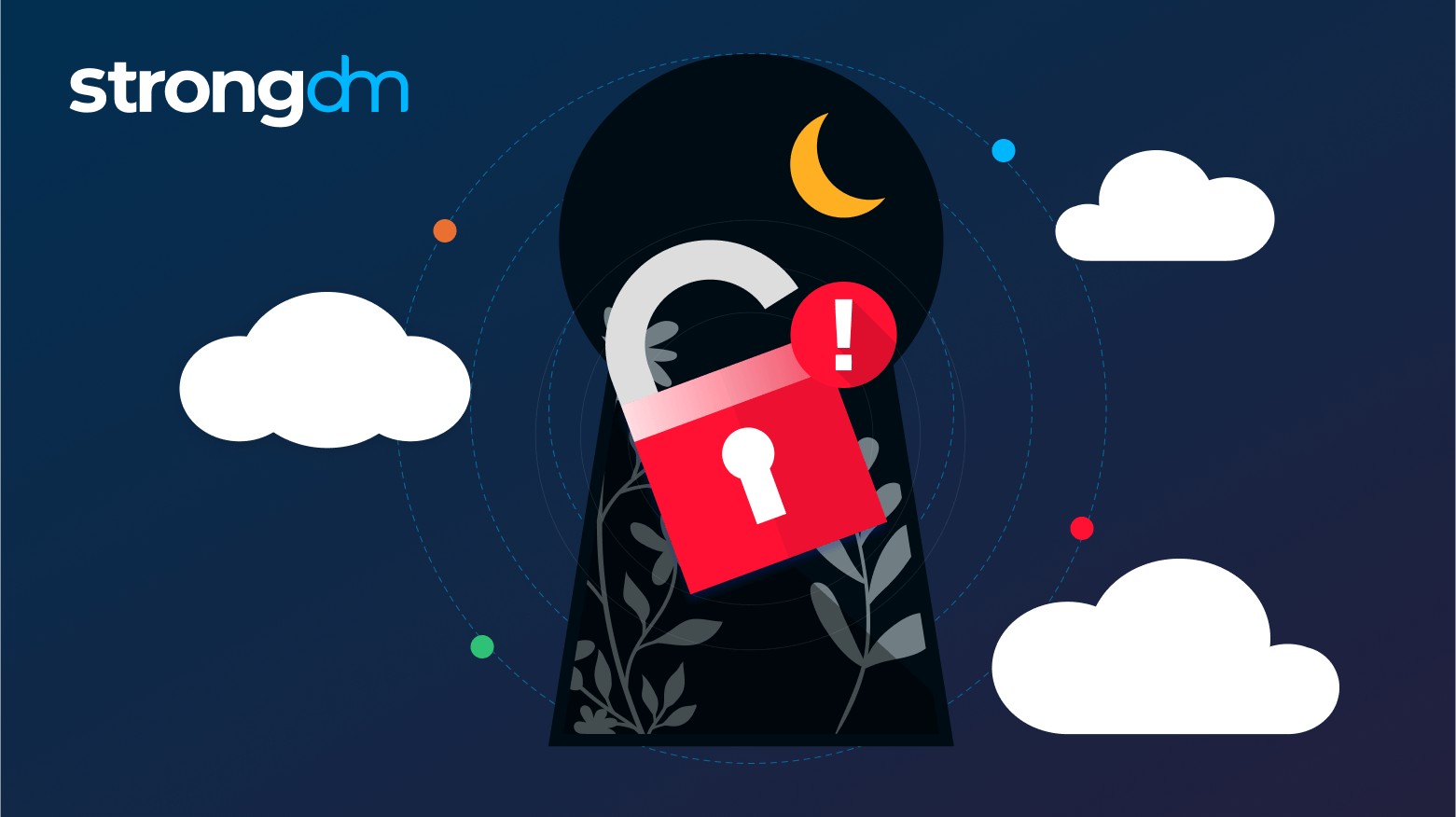


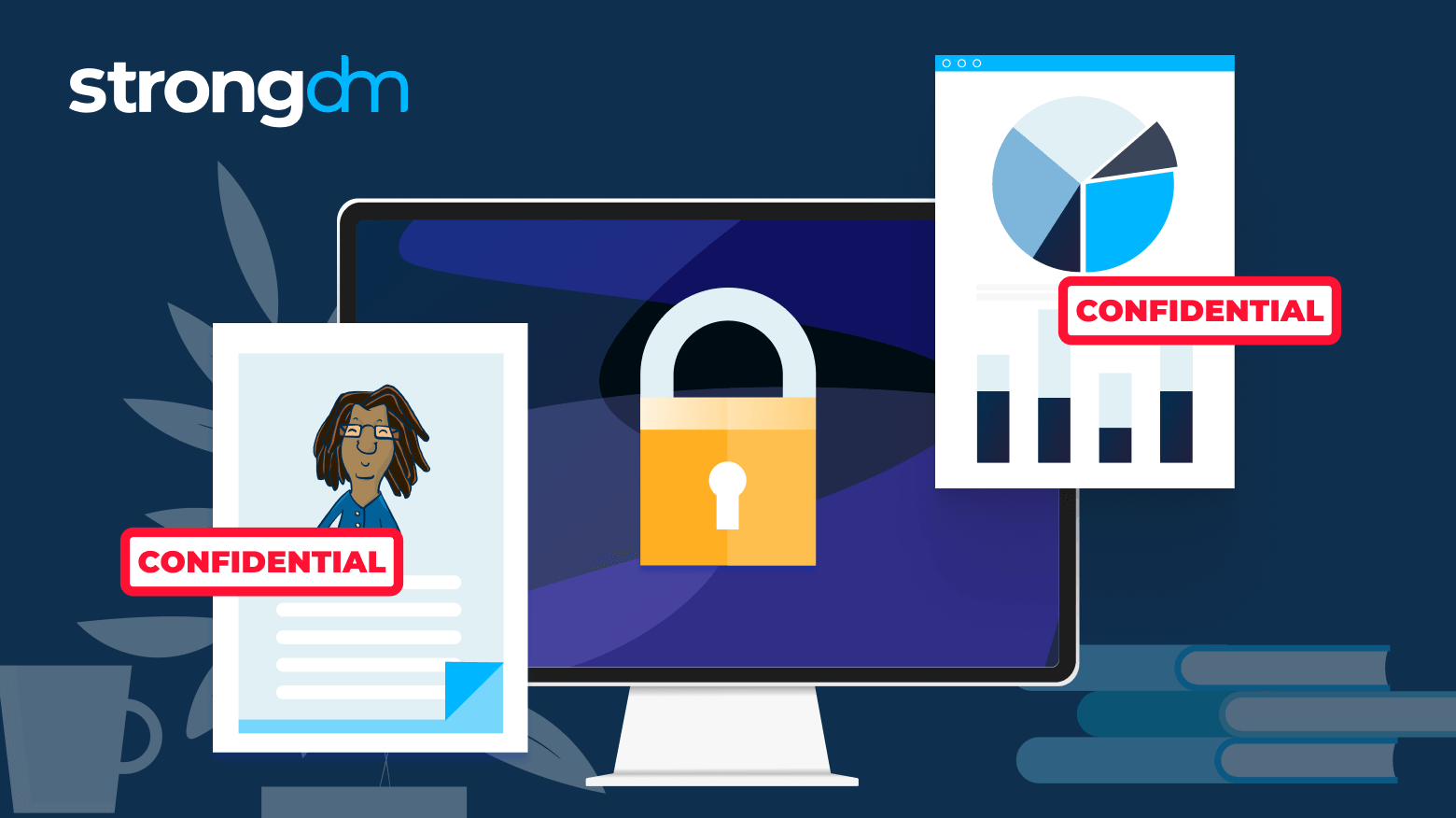
![How Better Access Improves Productivity of Tech Staff [New Research]](https://discover.strongdm.com/hubfs/better-access-improves-productivity-of-tech-staff.png)
